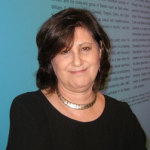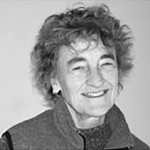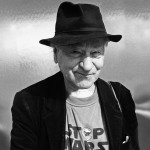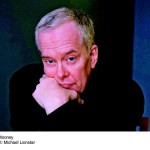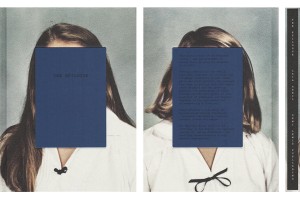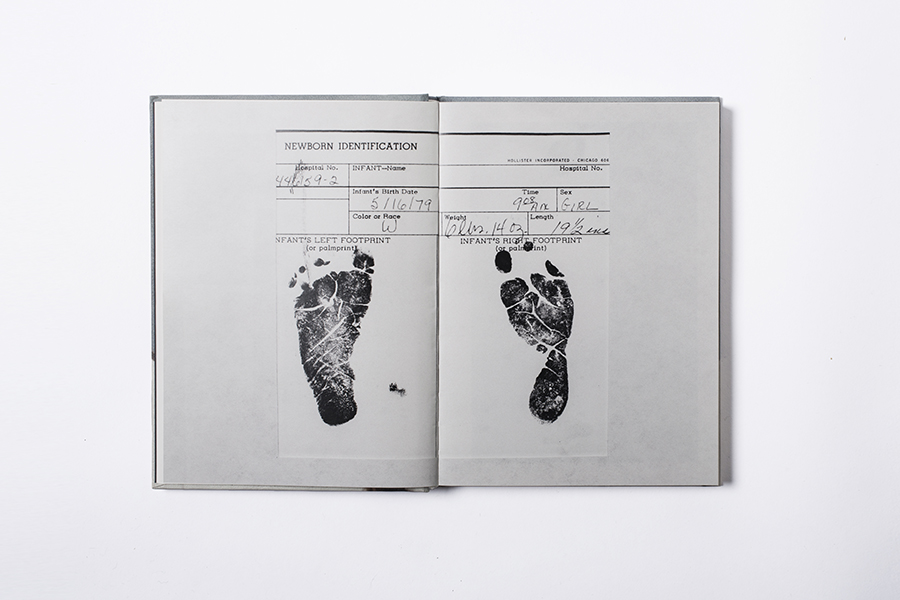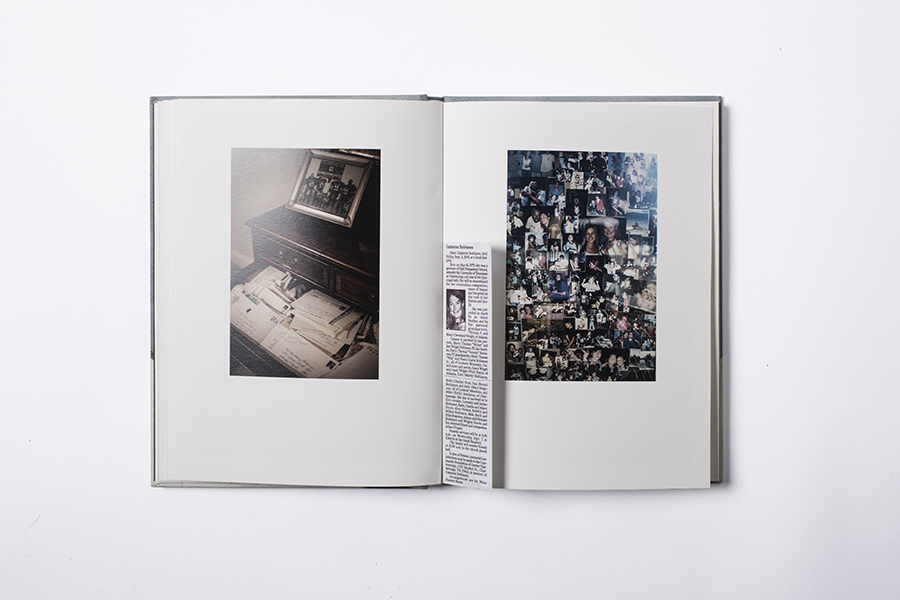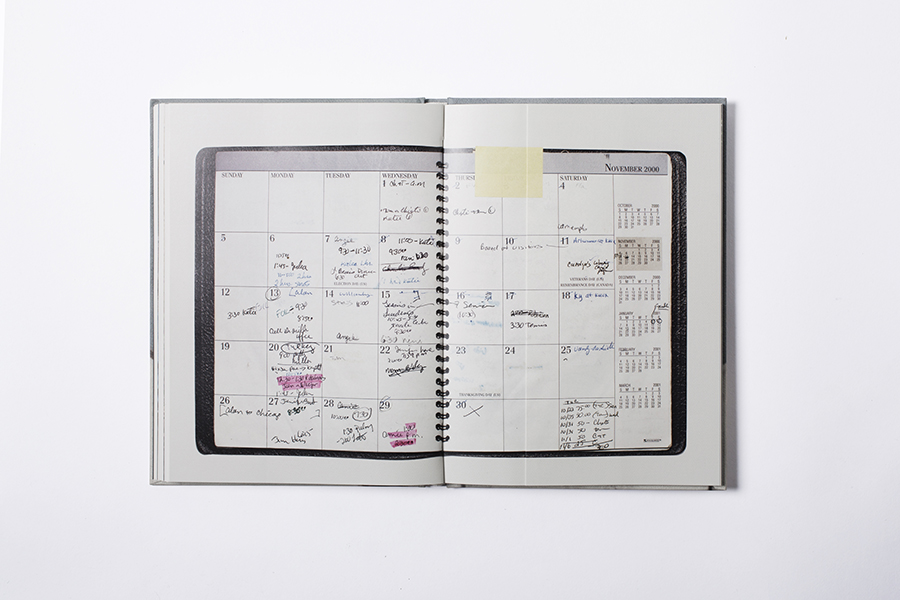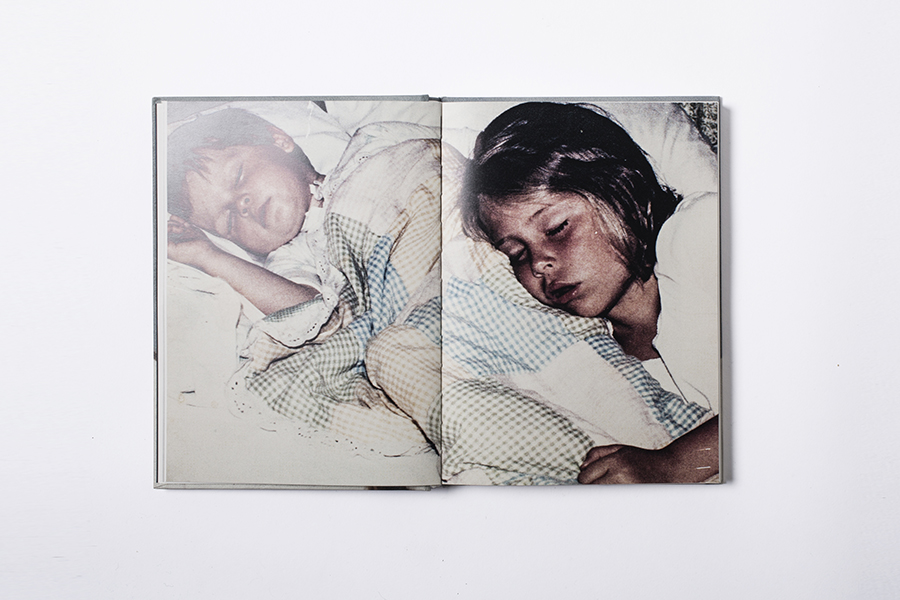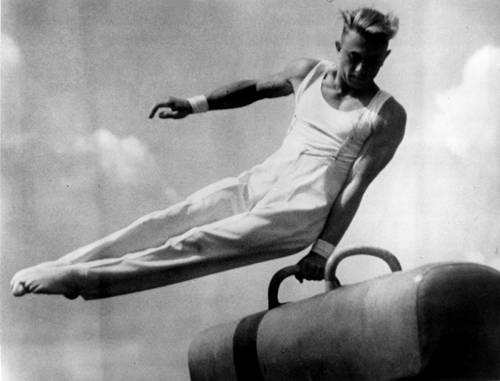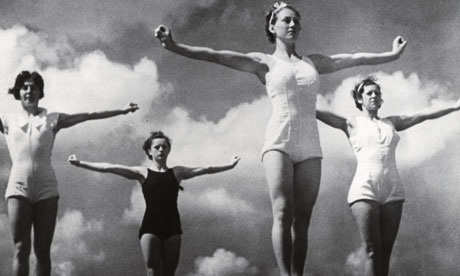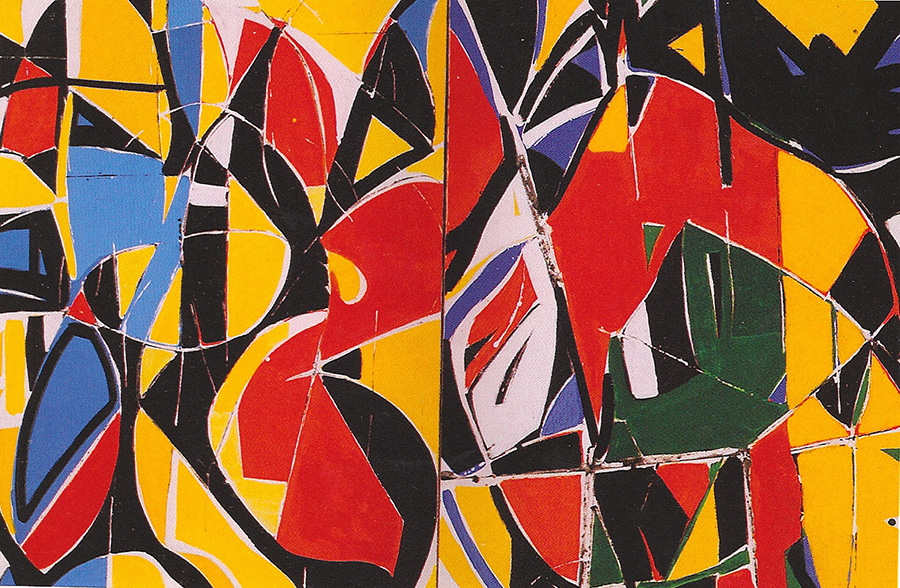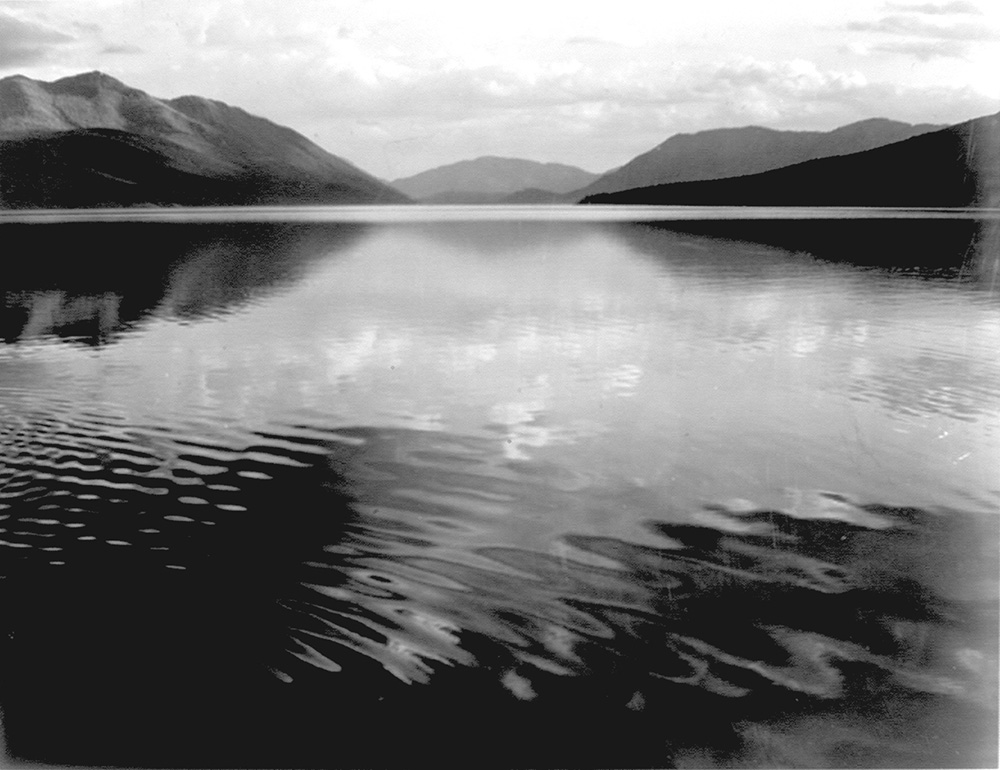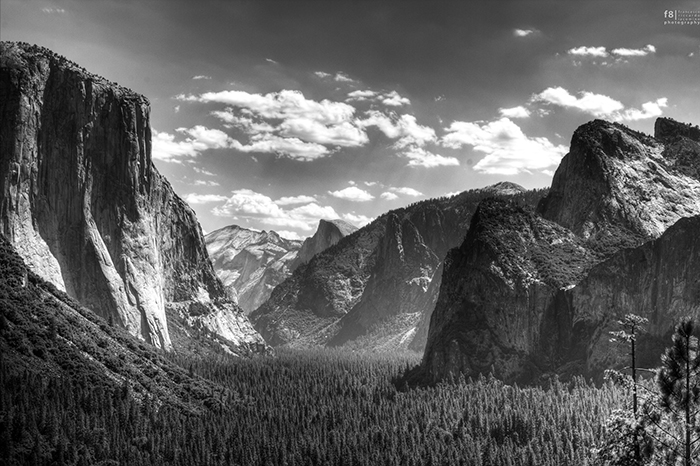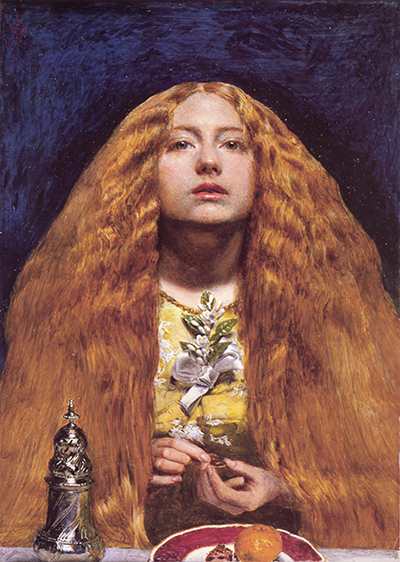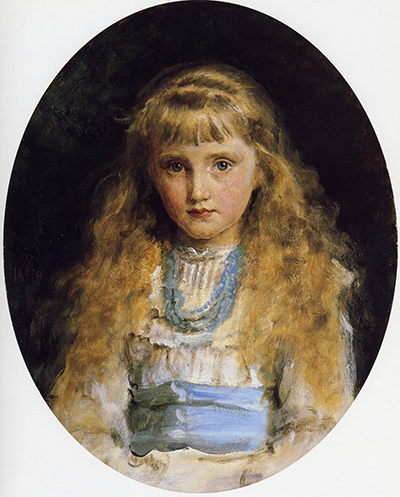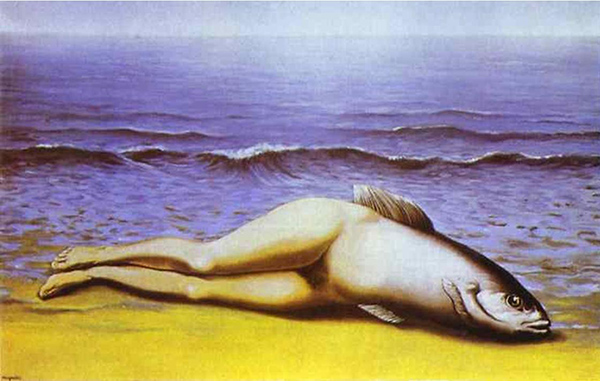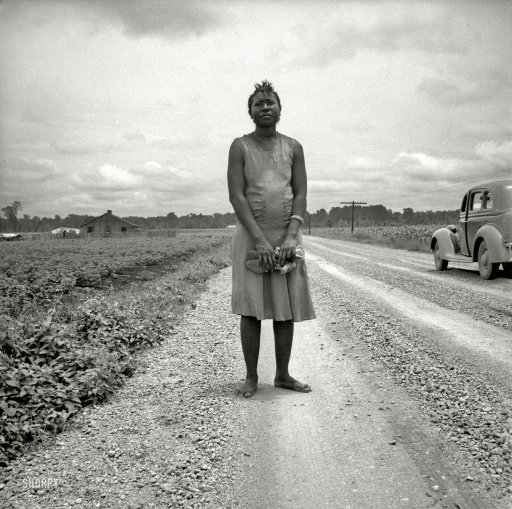This is basically my current thought process of what I want to include in my essay and to see what is relevant to my findings. I want to develop further in my essay the work of activist groups and organisations as well as incorporating the work of Claude Cahun and Cindy Sherman. I find this the most interesting and want to find out more about a lot of it. I also want to add in some media theorists like Laura Mulvey who talks about the male gaze and what audiences and spectators will expect to see in film, photography and art. I am still unsure as to what question I want to ask as there is so much to talk about. I think that I will need to pinpoint one specific part of the whole topic and focus on that and give an in-depth understanding of this rather than giving a more generalised essay about the entire movement of feminism as it is such a huge and broad topic.
Title/opening quotation:
title ideas – ???
– possible opening quote – “some people have told me that they remember the film that one of my images is derived from, but in fact I had no film in mind at all.” – Cindy Sherman
– possibly use a quotation from my mother when interviewing her
– find a quote from a feminist activist
Introduction plans | What’s in it?
– brief synopsis of what I want to find
– artist references (Cindy Sherman and Claude Cahun)
– possibly mention the Pussy Riots and Femen (add own opinion)
– what are my goals for the whole project
(make sure to have a clear argument or opinion that remains strong throughout)
– focus in on one or two specific areas of feminism [housewives and fashion]
Paragraphing | What to focus on
– make individual paragraphs about Claude Cahun and Cindy Sherman as well as cross referencing and comparing the two to one another
– mention modern day (present) movements within feminism especially in Russia and Ukraine with Femen and Pussy Riot – talk about the controversy within these movements and with other feminists
– talk about my own work and how I have responded to all of this [shoot of my mum and then re-staging those images myself to parody them in a sense and the work of gender equality within the fashion industry]
– link in my own work and its relevance to the movement of feminism
– mention the movement of feminism and how it all started with the Suffragette movement and now into the third/fourth wave of feminism
– has my work been influenced by my chosen artists or does it contradict/go against their work
Conclusion | Creating a final judgement
– come to a final judgement about everything and refer to the question and hypothesis
– give a final judgement similar to what I was trying to say in the introduction
– talk about if my initial thoughts and judgement are the same now as they were before. Have I proved the point I wanted to make or disproved it?

